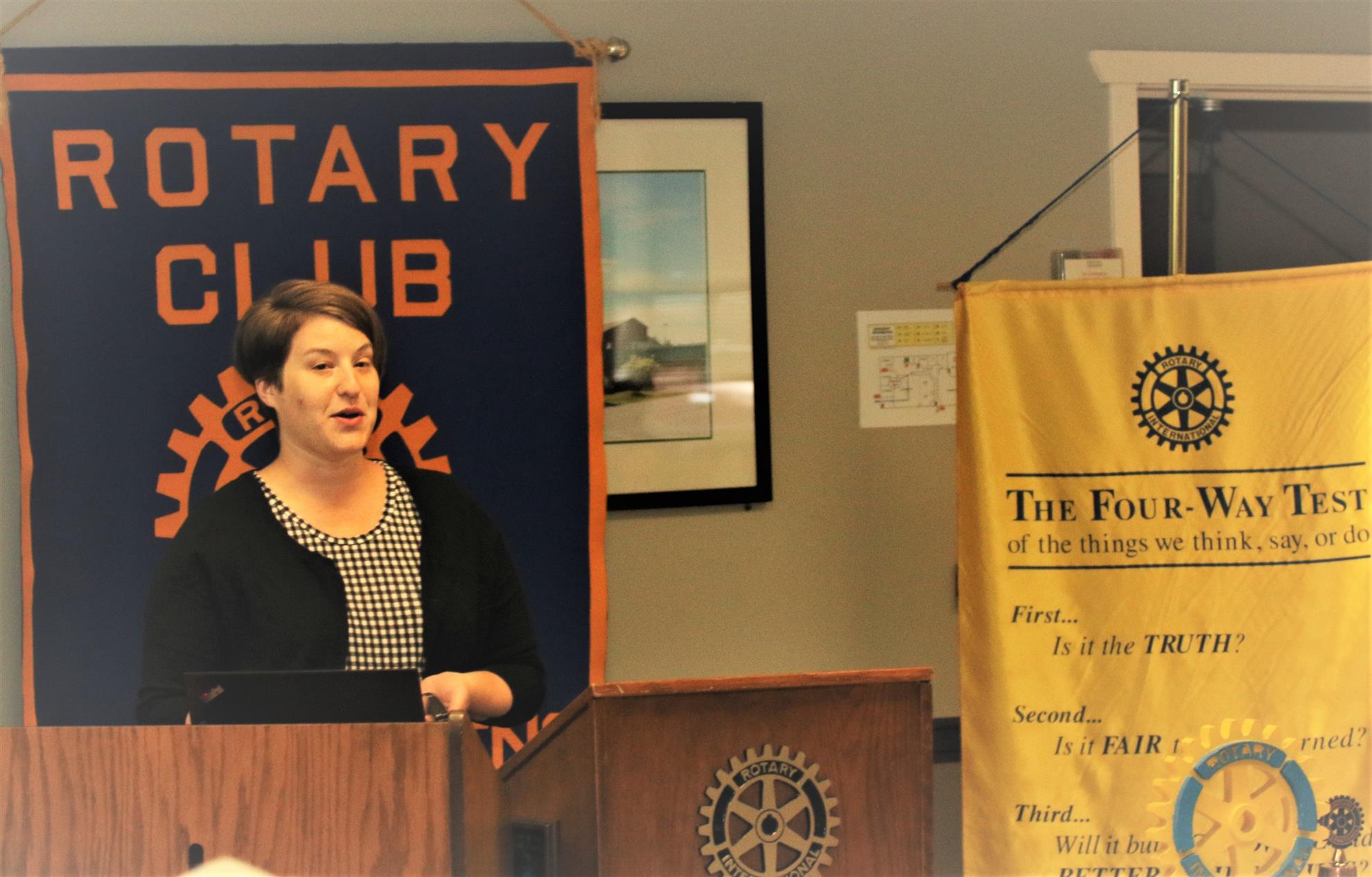
This past week's presentation was Hannah Meier who gave us an introduction to LGBTQ+ inclusive language. Hannah is a speech language pathologist with Sherwood Community Service. Hannah is a Commissioner on the City of Mountlake Terrace Diversity, Equity and Inclusion Commission and brings ten years of experience.
Hannah is going to discuss terminology regarding the LBGTQIA+ Community which involves 4 main categories. The 4 Main Categories are Sex assignment at birth (AFAB/AMAB); gender identity; gender expression and sexual orientation. All of these are different categories. One of the examples she discussed was Genderbread Person. Sexual assignment is generally based on your physical characteristics or chromosomes.
Gender identity-who you feel that you are. Gender expression is how you express yourself such as how you dress or how you wear your hair which can change from day to day. Sexual Orientation is who you fall in love with an/or are sexually attracted too. The Genderbread person is a visual representation of the terms gender identity, gender expression, sexual orientation and sex (which is used for general medical purposes). Terminology in the LBGTQIA+ is changing all of the time.
Gender can be very cultural specific especially in non-western countries. You can always politely ask someone to explain a category or term that you are unfamiliar with. A question was raised about from the audience regarding "what" is Pansexual. Pansexual is described as you are attracted to people across genders.
There is a generation divide in some of these terms. Definitions of terms were outlined in Hannah's presentation which included sexual orientation/romantic attraction. These definitions are asexual, bisexual, gay, heterosexual or straight, lesbian, pansexual and queer. Some nonbinary people will also identify with the terms listed above. Gender identity includes a definition of terms that include cisgender, man/male, woman/female, genderqueer/non-binary/enby/genderfluid, agender and transgender. Gender is highly individual and a person's concept of their identity may vary from the definitions listed above.
Hannah followed her comments about the use of pronouns which is a word that takes the place of a person's name in a sentence. Common pronouns are she, her, he, him, his, them and theirs. There has been a shift away from using the terms "preferred pronouns" or preferred gender pronouns. You can make mistakes but you can recover from an awkward comment.
Pronouns can be used in an email signature line on a Zoom profile or a name badge. Terms to avoid help us get away from dehumanizing them. This was an amazing program that answered many questions about a very sensitive topic. Thank you Hannah for being with us today.
If you want to view Hannah's full presentation, click on the link https://youtu.be/BM6B1Cz0Jko